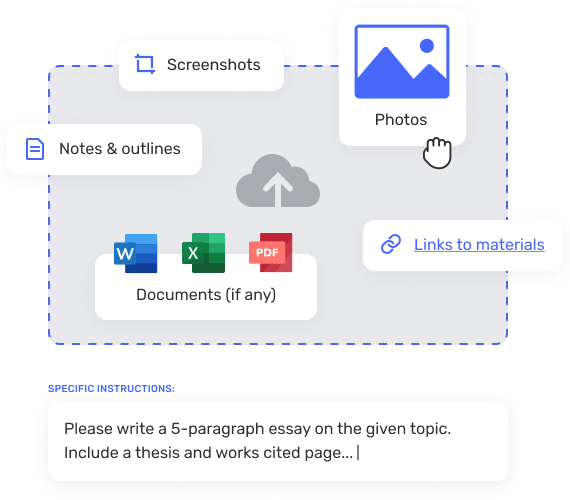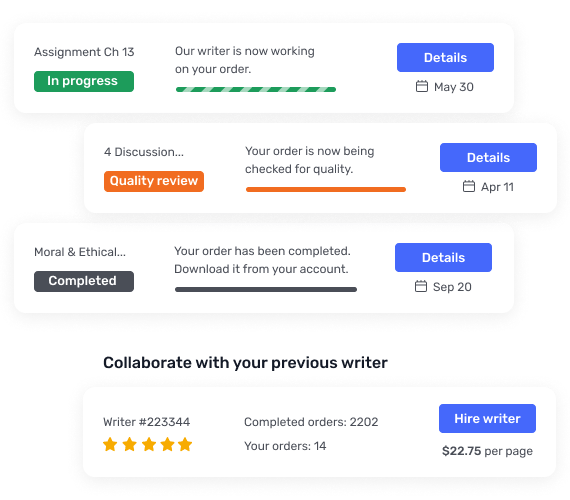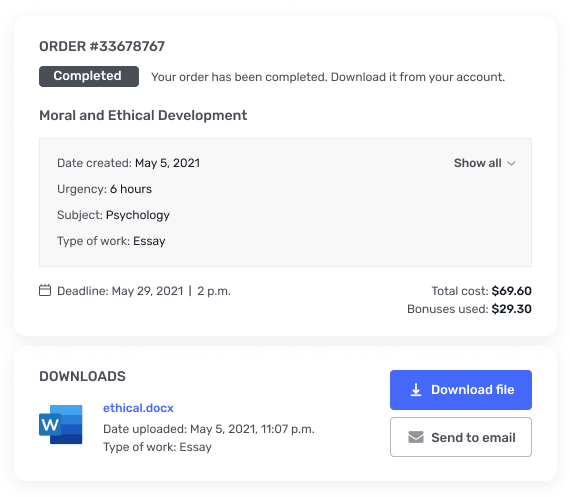Volkswagon AG – The Emissions Scandal
Volkswagon AG: The Emissions Scandal (A)1) What is the decision that Alvaro Richter faces? Why is it a moral dilemma? The decision that Alvaro faces is whether or not he should release the emissions scandal to company’smanagement and public about the company’s illegal and inappropriate NOx trap system that did not limitNitrous Oxide emissions and not meet the EPA standard. The WHO reported that Nitrous Oxides mighthave caused asthma and caused “tens of thousands of premature deaths every year.” However, if herelease to company’s management or public, then there is every high possibility of getting fired because itis rare that company’s management did not know the system problem.2) Who are the stakeholders affected by the decision? How do Alvaro’s options affect each stakeholder? Consumers: The environment sustainability is a critical factor for some customers who are going tobuy a car or who owns a Volkswagon, so if Alvaro release the information, these customers would notbuy or would scrap the car. This might have negative impact on company’s reputation and sales. Company and Shareholders: Volkswagon violate the regulation cheating on EPA testing, so theremust be penalties enforced by US government and which will also have negative impact onreputation. As result, shareholder will lose profit since stock price may drop. Society: Negative externalities of air pollution with NOx emission that damage society causingasthma and premature deaths. Society may blame Volkwagon and have street strike for emissionscandal. 3) Do we know whether senior management at Volkswagen Group knew about the cheat devices? How does this effect Alvaro’s decision, if at all?Senior management should have known the NOx trap system is usually disengaged because theDevelopment Manager, Jacob, would have reported it, otherwise, once it had been exposed to public, hewould be fully responsible for any damage related to this illegal action. And even if the company did notknow initially, they would know by now since the vehicle is being produced. -1- I. Letter from Emanuela Montefrancesco, a VW Engineer, published in Italian newspaper ‘CorriereDella Serra’, October 15th 2015, Translated by Simon Tanner.II. ‘We like to think we’d never commit fraud’, Globe and Mail, Tamburri R., May 19, 2011.4) Why did Emanuela do things like ‘cut corners’ and ‘ignore certain instructions’? Is this behavior ethical?As an engineer, Emanuela wants to be a best and be admire, and based on her acknowledge, this was not“harming any one,” she just cheat. As growing up at a place without a scene of legality, it is reasonablefor her to do that, but only the legal action is ethical behaviors in pursing “the best,” otherwise, is not.5) Emanuela states that “illegality isn’t always obvious”. Whose responsibility is it to ensure that actions taken in a firm are legal?Both senior management and government have most of responsibility to monitor and regulate the illegalaction to making ensure the actions taken in a firm are legal. Sometimes, legality needs explanation,lifetime experience, or has never been aware of.6) Do you agree with Emanuela that the emissions cheating did not have any bad consequences?Disagree. Since the emissions have negative externalities on the environment resulting in decreasing insocial welfare. And if Emanuela did not get punishment, there is an opportunity cost that others mayfollow what she did since no cost to them.7) Roseanna Tamburri describes the research of Dr Pamela Murphy. How do people rationalize questionable ethical actions, such as cheating and fraud?“According to Dr. Murphy, there are six categories of rationalization that enable people to commit fraudwhile still maintaining their ethical principles:1) Pleading ignorance – Ignore or misconstrue the consequences of the act.2) Shifting the blame – Diffuse or displace responsibility elsewhere to not hold yourselfresponsible.3) Advantageous comparison – By comparing the wrongful act against a much more flagrant act,the original act looks better.4) Moral justification – Reprehensible acts are re-construed as socially worthy or having a moralpurpose.5) Euphemistic labelling – Using convoluted verbiage to make a wrongful act sound better.6) Victim takes the fall – Finding faults with those impacted by the event or circumstance.”




